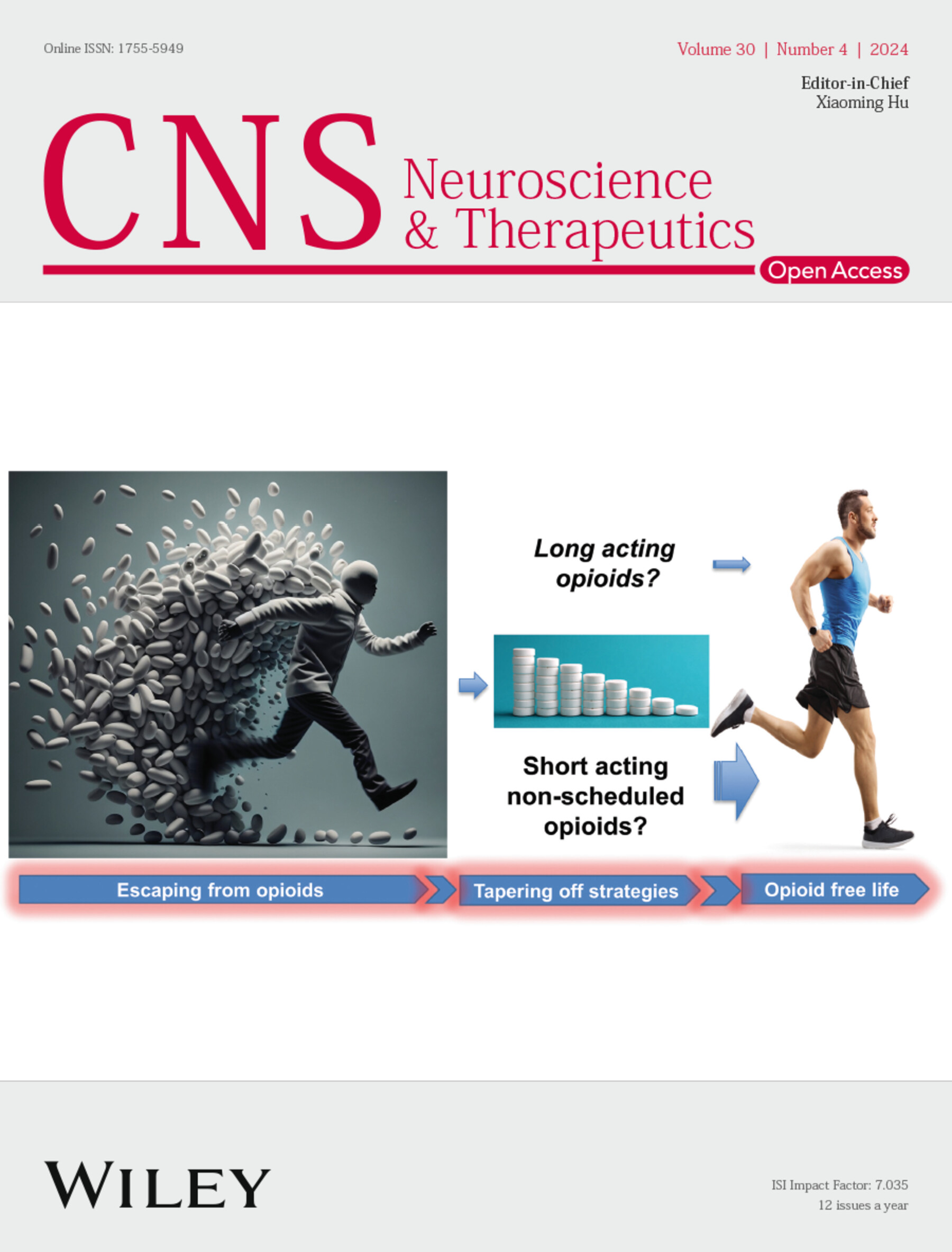Regulation of Somatosensory Temporal Discrimination Threshold Through Motor Training: An EEG and Kinematics Study
Abstract
Aims
Motor training enhances somatosensory temporal discrimination threshold (STDT), but the distinct neural mechanisms underlying actual execution versus motor imagery remain unclear. This study aimed to compare the effects of ball-rotation training (BRT; actual execution) and visual-guided imagery (VGI; motor imagery) on STDT, kinematic performance, and neurophysiological plasticity in healthy adults.
Methods
Forty-eight right-handed participants were randomized into four groups: BRT (actual execution), VGI (motor imagery without movement), tactile control (simple gripping), and no-intervention control. Over seven days, participants underwent pre-/post-training assessments including kinematic analysis, STDT measurement, power spectral analysis and somatosensory-evoked potentials (SEPs).
Results
BRT significantly enhanced motor performance (83% score increase vs. 21% in controls, p < 0.001) and movement speed (37% cycle time reduction vs. 12%–16% in others, p < 0.001), with partial transfer to the untrained hand. Both interventions reduced STDT but at distinct locations: BRT selectively improved index finger discrimination (64.02 ms → 43.75 ms, p = 0.007), while VGI enhanced palm sensitivity (73.43 ms → 61.13 ms, p = 0.003). Neurophysiologically, SEPs revealed increased spatial inhibition ratio (SIR) plasticity in both BRT and VGI (p < 0.001), correlating with STDT gains. EEG demonstrated BRT-induced gamma-band power increases in parietal regions and theta-band elevations in prefrontal cortex, whereas VGI modulated delta-band activity in ipsilateral parietal cortex.
Conclusion
Actual execution (BRT) and motor imagery (VGI) enhance STDT through distinct neuroplastic mechanisms: BRT optimizes sensorimotor integration via parietal gamma/prefrontal theta oscillations, while VGI relies on ipsilateral parietal delta modulation. These findings underscore the role of cortical reorganization in motor learning and support tailored rehabilitation strategies for neurological disorders.


 求助内容:
求助内容: 应助结果提醒方式:
应助结果提醒方式:


